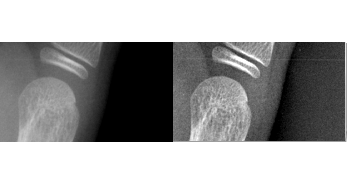Update on autonomous AI in Radiology
Prof Bram van Ginneken has updated his ECR-2018 talk with more detailed examples of autonomous AI in Radiology.
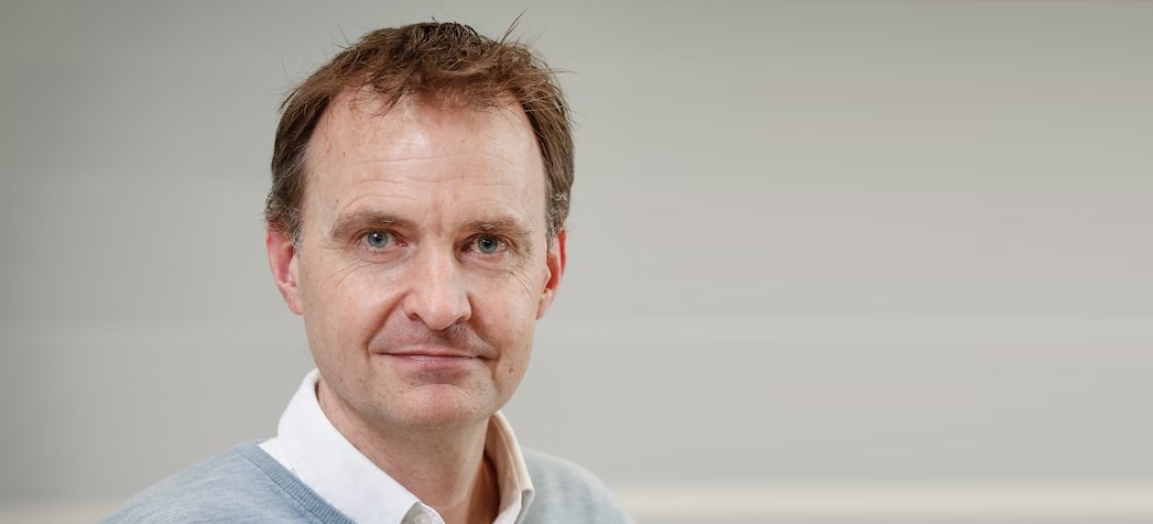
Prof Bram van Ginneken has updated his ECR-2018 talk with more detailed examples of autonomous AI in Radiology.

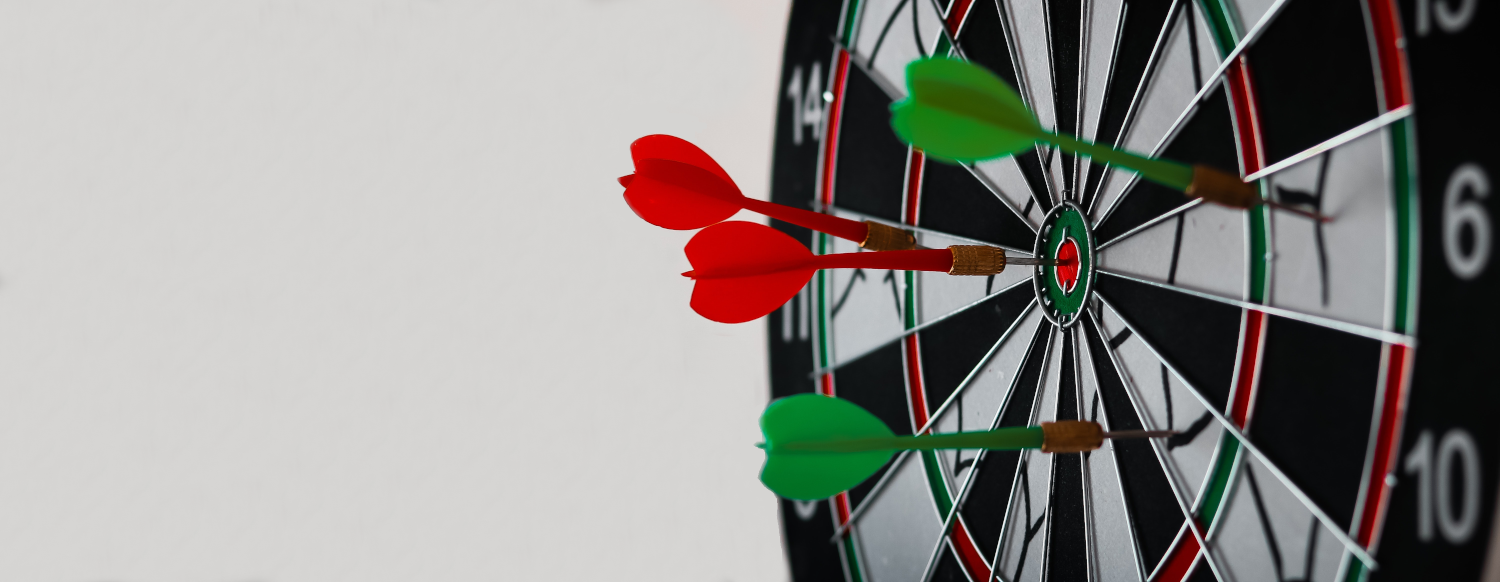
The automatic rating of BoneXpert is more accurate than a manual rating. To illustrate this, we have created an app that will assess your accuracy in manual bone age rating on ten childrens’ hand x-ray images. Your ratings are compared to the average of 46 Dutch radiologists, a reference which is close to the true rating.
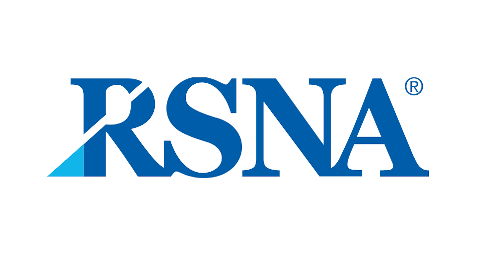
RNSA (The Radiological Society of North America) organized a machine learning challenge in bone age rating in 2017. This article reviews the challenge and explains its crucial role in boosting performance of BoneXpert in terms of bone age ratings.
Read more “RSNA challenge boosts automated bone age ratings”
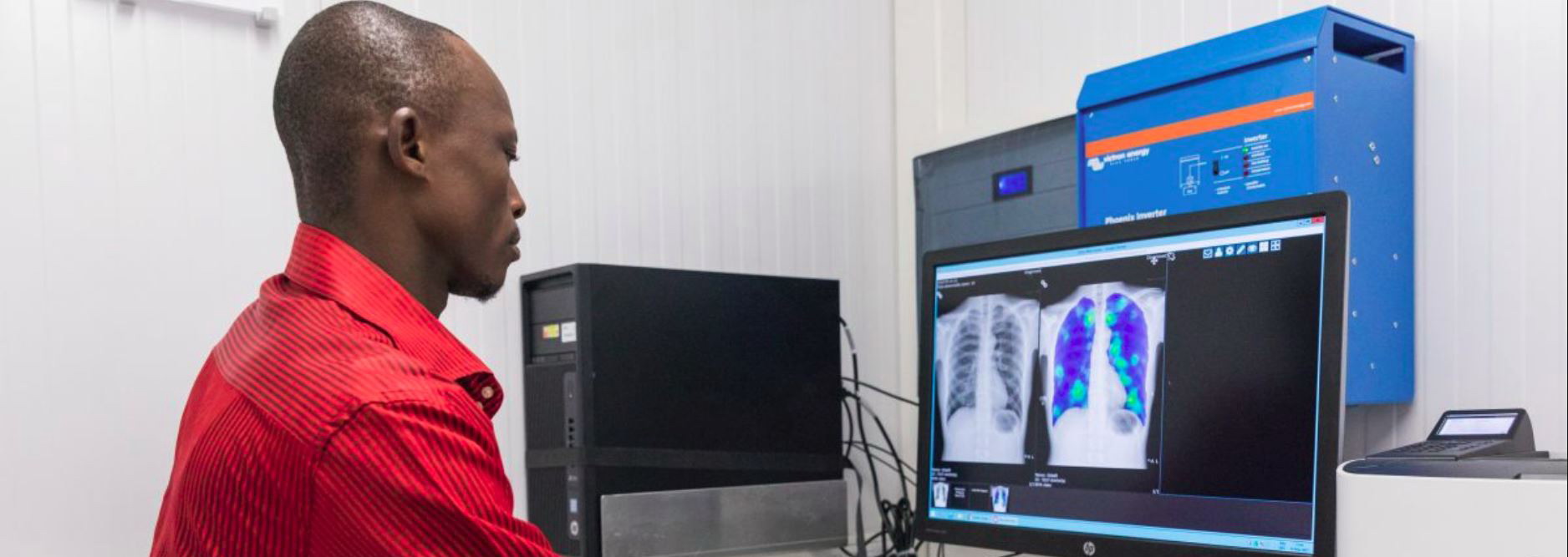
Professor Bram van Ginneken gave a great talk at ECR 2018 about the role of AI in radiology – watch the video here
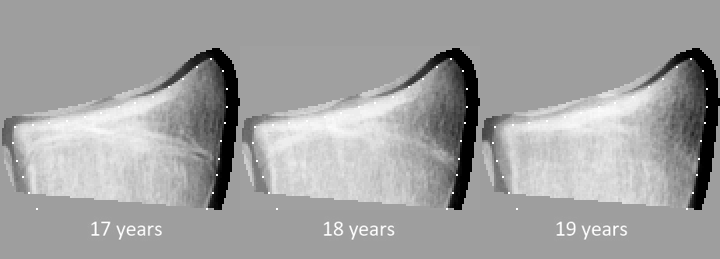
The upcoming release of BoneXpert version 2.4 (version 2.4.5.1, released Dec 28) extends the Greulich-Pyle bone age range up to 19 years for boys and 18 years for girls. Previous versions were less reliable in the bone age range 17-19 for boys and 15-18 for girls. The validation of this extension is reported in the International Journal of Legal Medicine.
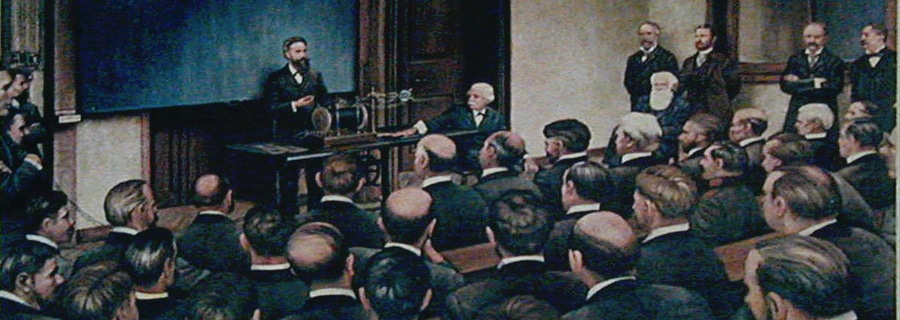
Wilhelm Conrad Röntgen’s first public presentation of the new X-rays took place on the 23rd of January 1896 in Würzburg.
The Swiss anatomist Albert von Kölliker volunteered to have his hand X-rayed during the lecture, and the resulting image has now been analysed with a new version of BoneXpert, presented in the Archives of Osteoporosis
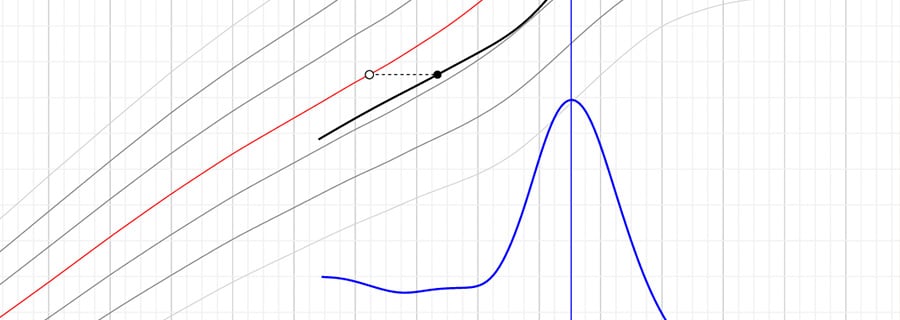
The BoneXpert adult height predictor, based on the 2009 JCEM article, has been extended, so that it now plots the entire predicted growth path in a growth chart. It also predicts the age of peak height velocity.
